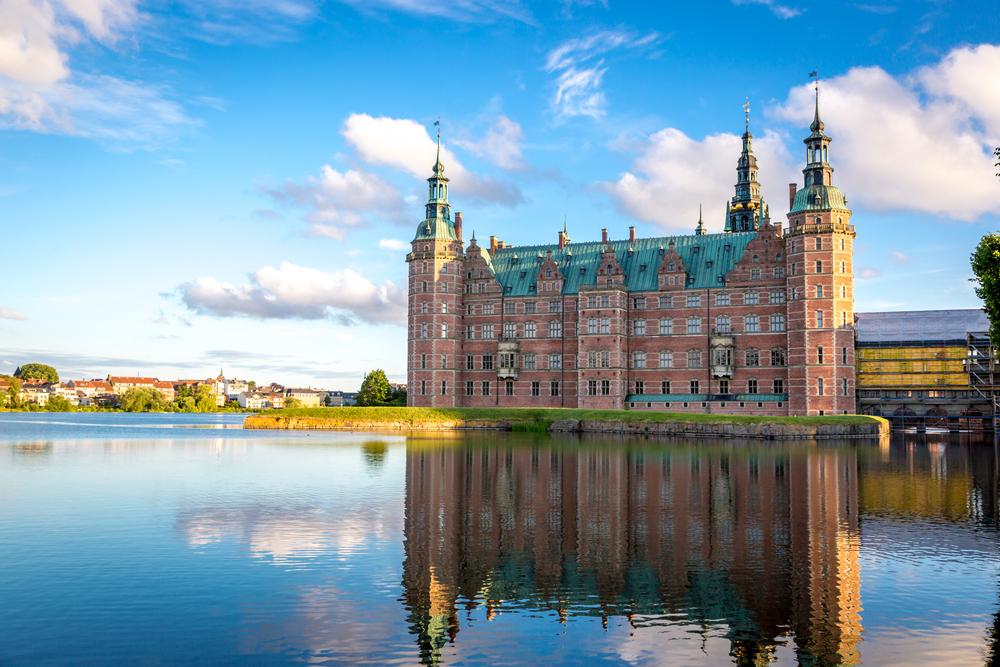Set on three islands surrounded by a fairytale-like lake and beautiful gardens in Denmark, Frederiksborg Castle is one of the most magnificent castles in the world and the largest Renaissance complex in Scandinavia. Once the residence of Danish royalty, Frederiksborg Castle is now home to the Danish National History Museum.
Originally, Frederiksborg was a hunting lodge, acquired in 1560 by King Frederik II in Hillerod, north of Copenhagen. Between 1600 and 1620, Frederik’s son, Christian IV, transformed the property into an elegant Renaissance royal palace, which became a royal residence until the next century. Christian IV commissioned sumptuous decorative elements such as the Neptune Fountain and the Marble Gallery to display his status as a powerful and wealthy European monarch.






